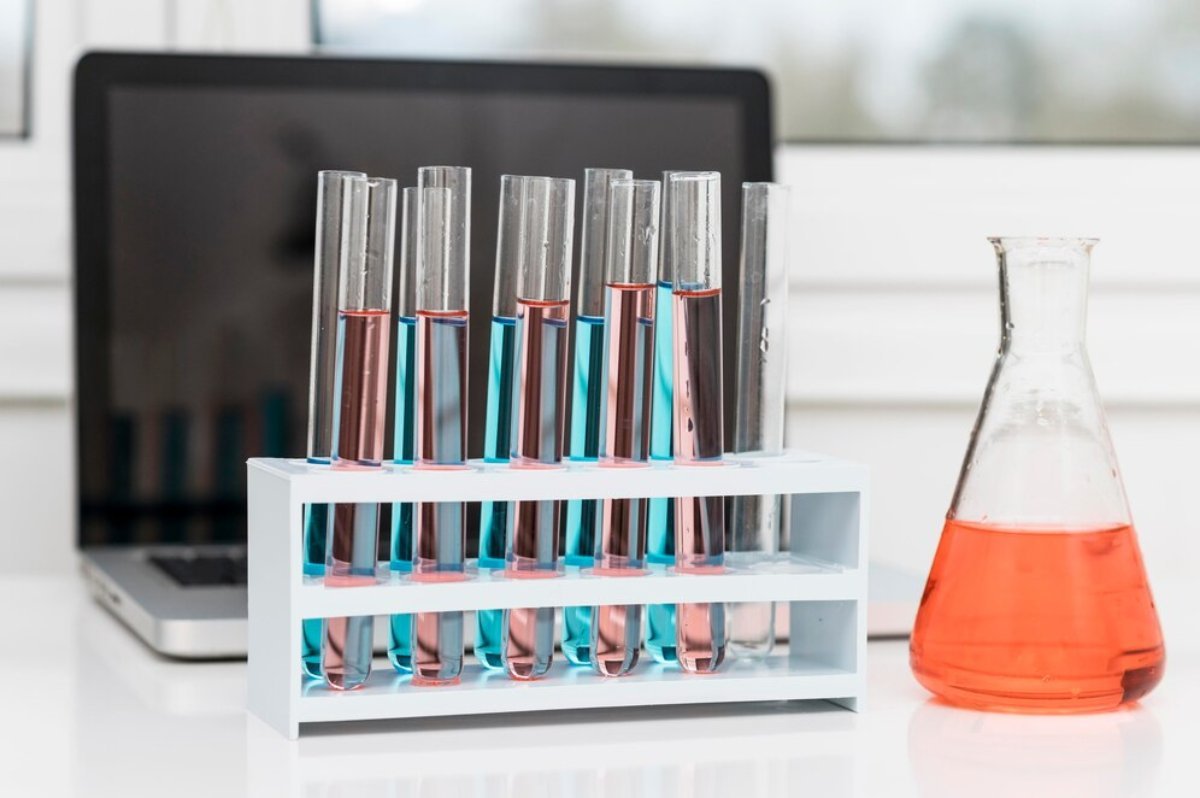
In the realm of chemical testing, reagent test kits play a crucial role in identifying various substances. One notable example of these tests is the Hofmann Reagent Test Kit.
These kits are essential tools widely utilized for their accuracy and reliability in detecting various substances, particularly in the realm of psychedelic compounds.
This article delves deep into understanding the intricacies of Hofmann Reagent Test Kits, their history, functionality, and applications.
Table of Contents
ToggleHistory and Origin
The Hofmann Reagent Test Kit owes its name to the renowned chemist Albert Hofmann, who was the first to synthesize and ingest LSD (Lysergic acid diethylamide).
LSD, being a potent hallucinogen, necessitated the need for reliable testing mechanisms to ensure its purity and to detect the presence of adulterants or other psychoactive substances.
As a result, various reagent tests, including the Hofmann Reagent, were developed to meet this necessity.
Composition and Functionality
A Hofmann Reagent Test Kit typically contains a mixture of chemicals capable of reacting with specific substances to produce a color change.
These colorimetric reactions are the basis of the test’s ability to identify substances.
The process of using the Hofmann Reagent involves placing a small sample of the substance in question into a test tube or another suitable container and then adding a few drops of the reagent.
Observing the ensuing color change allows the user to compare the result with a color chart provided with the kit, aiding in identifying the compound present.
Chemical Composition
The primary chemical components of a Hofmann Reagent Test Kit typically include a blend of sulfuric acid and other proprietary chemicals.
The role of sulfuric acid is fundamental, as it acts as a strong dehydrating agent and helps in breaking down the substance’s molecular structure, thereby facilitating the color reaction.
These reactions are generally sensitive to alkaloids—a class of naturally occurring compounds, many of which are physiologically active.
Applications
Hofmann Reagent Test Kits serve multiple purposes across different domains. Here are some key applications:
Detecting Psychedelic Compounds
A prominent use of Hofmann Reagent Test Kits is in the identification of psychedelic substances such as LSD, Psilocybin (found in magic mushrooms), and other similar compounds.
Users and researchers from various fields, including chemistry and pharmacology, use these kits to ascertain the legitimacy and purity of these substances.
Ensuring User Safety
In the context of recreational drug use, the purity of substances is of paramount importance. Adulterants and other undesirable synthetic chemicals can pose significant health risks.
By using a Hofmann Reagent Test Kit, users can detect unwanted and potentially harmful compounds, thus helping to minimize health risks by making informed decisions.
Research and Development
In scientific research, accurately identifying compounds is imperative. Hofmann Reagent Test Kits are indispensable tools in the initial analysis and identification of chemical substances.
Researchers utilize these kits to conduct preliminary tests before delving into more sophisticated and resource-heavy analytical techniques.
Advantages and Limitations
Like any technical tool, Hofmann Reagent Test Kits come with their own set of advantages and limitations.
Advantages
- Simplicity: The kits are user-friendly, requiring no extensive lab equipment or specialized training to conduct the tests.
- Cost-Effective: Relative to other methods of substance identification, such as gas chromatography or mass spectrometry, using a Hofmann Reagent Test Kit is highly economical.
- Portability: These kits are compact and can be easily carried, making them ideal for field use or quick on-site testing.
- Quick Results: The chemical reactions and consequent color changes occur almost immediately, allowing for rapid preliminary analyses.
Limitations
- Specificity: While reagent tests are good for identifying specific classes of compounds, they are not definitive. Similar compounds may produce similar color reactions, thus requiring further analysis.
- User Interpretation: The accuracy of the results depends significantly on the user’s ability to correctly interpret the color changes according to the provided chart.
- Potential for False Positives/Negatives: Contaminants or other substances present in the sample may lead to misleading results, thus the need for confirmatory testing remains.
Best Practices
To maximize the effectiveness of a Hofmann Reagent Test Kit, it is essential to follow best practices:
- Use Clean Equipment: Ensure all test tubes, droppers, and other apparatus are clean to avoid contamination.
- Control Tests: Using a known substance as a control can help validate the results.
- Proper Storage: Store the reagent chemicals in cool, dark conditions to maintain their efficacy over time.
- Document Results: Keeping a detailed log of tests and results can be useful, particularly in research settings.
Conclusion
Whether for academic research, personal safety, or curiosity, Hofmann Reagent Test Kits provide a vital service in the initial identification of chemical substances, particularly psychedelics.
While they offer numerous benefits, such as ease of use and cost-effectiveness, their limitations underscore the necessity for further confirmatory testing.
For those looking to procure a reliable reagent test kit, the hoffman test kit is an accessible and highly recommended option.
Embracing such tools can contribute significantly to safe practices and informed decision-making in a variety of contexts.
As technology advances, these timeless chemical testing methods continue to serve as foundational tools in the ever-evolving landscape of chemical analysis.
You May Like Also: